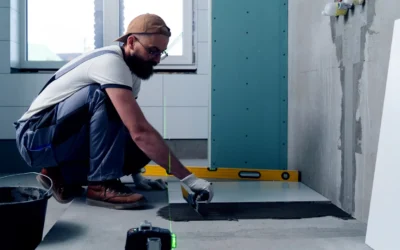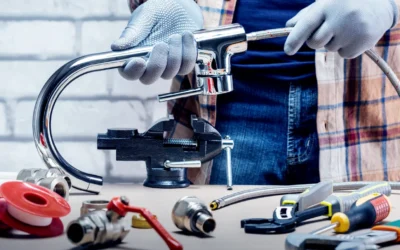carpentry is an age-old craft that marries precision with creativity. Whether you are a seasoned carpenter or just
starting your DIY journey, one tool you’ll often encounter is the circular saw. In this guide, helping you take your woodworking skills to the next level.
Why Circular Saws Matter
Circular saws are a staple in any carpenter’s toolbox for several reasons:
Versatility: Circular saws can handle a wide range of tasks, from cutting lumber to sheet materials like plywood and MDF.
Precision: With the right technique and blade, you can make precise cuts that fit seamlessly into your woodworking projects.
Efficiency: Circular saws are efficient and can save you time on larger cutting jobs.
“If you are going to use a passage of Lorem Ipsum, you need to be sure there isn’t anything embarra hidden in the middle of text. All the Lorem Ipsum generators on the Internet tend to repeat predefined necessary, making this the first true generator on the Internet.”
– Robert Miller
Getting Started
Before diving into the details, let’s go over the basics of using a circular saw:
Safety First:

Always wear safety goggles, hearing protection, and dust masks. Ensure your workspace is well-lit and clutter-free.
Select the Right Blade:

Choose a blade appropriate for your material. Fine-toothed blades are great for plywood and finish cuts, while rougher blades are better for framing lumber.
Adjust the Depth:

Set the blade depth to slightly lower than the thickness of the material you’re cutting.
Why Circular Saws Matter
The key to using a circular saw effectively is making straight cuts:
Mark Your Cut: Measure and mark the material where you intend to cut. Use a straightedge or a carpenter’s square to ensure precision.
Position the Saw: Place the circular saw on the material with the blade aligned with your cut line.
Secure the Material: Use clamps to secure the material firmly. This prevents it from shifting during the cut.
Start the Saw: Hold the saw with both hands, trigger on, and gently squeeze the trigger to start the saw. Allow it to reach full speed before beginning the cut.
Guide the Saw: Keep a firm grip on the saw’s handles and guide it steadily along the cut line. Maintain a straight path, letting the saw’s weight do most of the work.
Finish the Cut: When nearing the end of the cut, support the material to prevent splintering as the saw blade exits.
Advanced Techniques
Once you’ve mastered the basics, you can explore advanced techniques like bevel cuts, compound miter cuts, and ripping lumber. These techniques open up a world of possibilities for your woodworking projects.
Conclusion:
A circular saw is a powerful tool that, when used correctly, can elevate your carpentry skills. With safety as your top priority and practice to refine your technique, you’ll find that the circular saw becomes an indispensable companion in your carpentry endeavors. Happy woodworking!







0 Comments